How to change tyres on a budget in Thailand
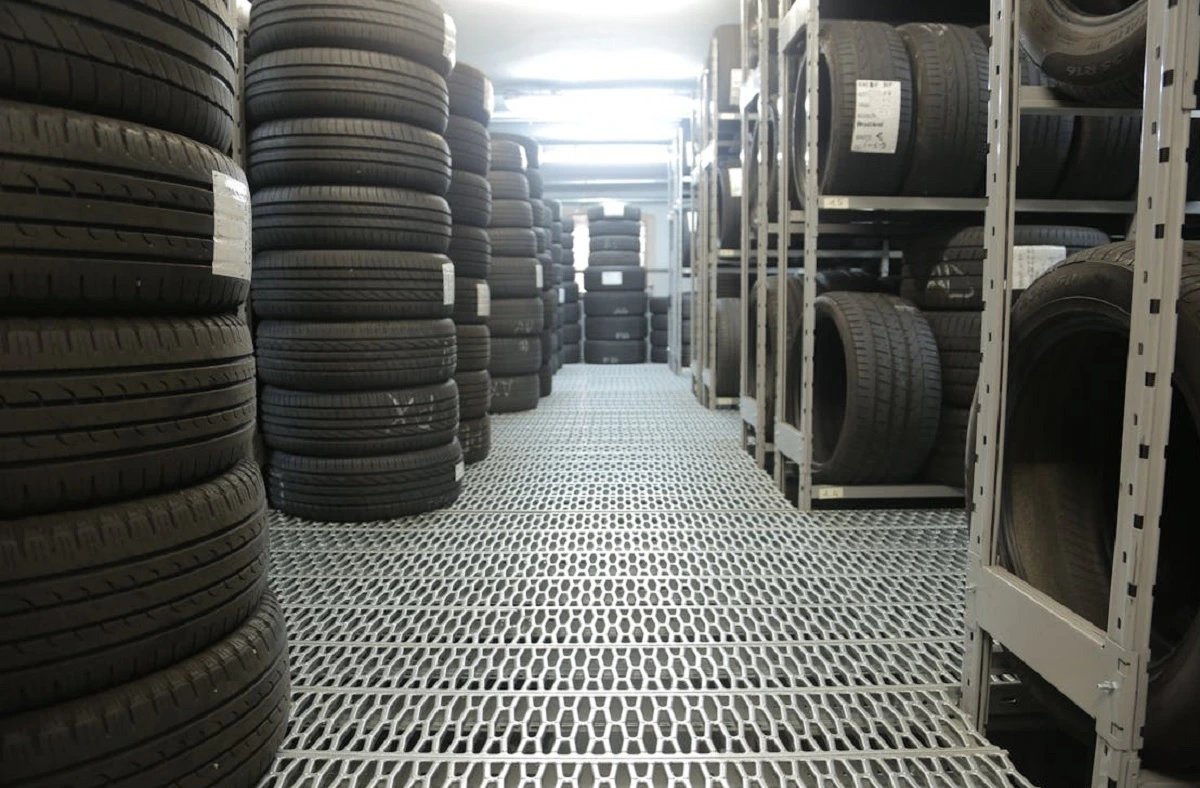
If you are driving or following any transportation in Thailand, you know how crucial it is to have reliable tyres. But finding quality tyres at a reasonable price can feel like searching for a needle in a haystack. What if I told you there’s a way to change your tyres without breaking the bank?
In this guide, you will discover how to find tyre services that offer excellent value for money. Whether you’re a local or an expat, understanding where and how to get your tyres changed at a lower price than the market rate can save you a significant amount of money.
Understanding the tyre market in Thailand
Tyres can be a significant expense, particularly for those on a tight budget. Finding affordable tyres helps you allocate funds to other essential parts of vehicle maintenance or personal expenses.
Here’s a general overview of what you might expect:
| tyre Brand | Average Price (THB) | Notes |
|---|---|---|
| Maxxis | 1,600 per tyre | Good durability and performance |
| Goodyear | 1,800 per tyre | Excellent grip in wet conditions |
| Bridgestone | 2,000 per tyre | Known for high quality and reliability |
| Frico | 1,200 per tyre | A budget-friendly option with reasonable quality |
Factors influencing tyre prices
- Brand Reputation: Well-known brands like Michelin and Bridgestone typically have higher prices due to their established reputation for quality.
- Tyre Type: All-season tyres may be cheaper than specialised tyres (e.g., performance or off-road).
- Retailer Markup: Prices can vary significantly between retailers based on their overhead costs.
- Seasonal Promotions: Many retailers offer discounts during certain seasons or holidays.
Common tyre types available in Thailand
- All-Season Tyres: Suitable for various weather conditions; popular among urban drivers.
- Performance tyres: Designed for better handling and speed; often used by sports car enthusiasts.
- Off-Road tyres: Built for rugged terrain; ideal for SUVs and trucks.
- Eco-Friendly tyres: Focus on reducing rolling resistance to improve fuel efficiency.
How to change tyres at lower prices
1. Buy tyres online
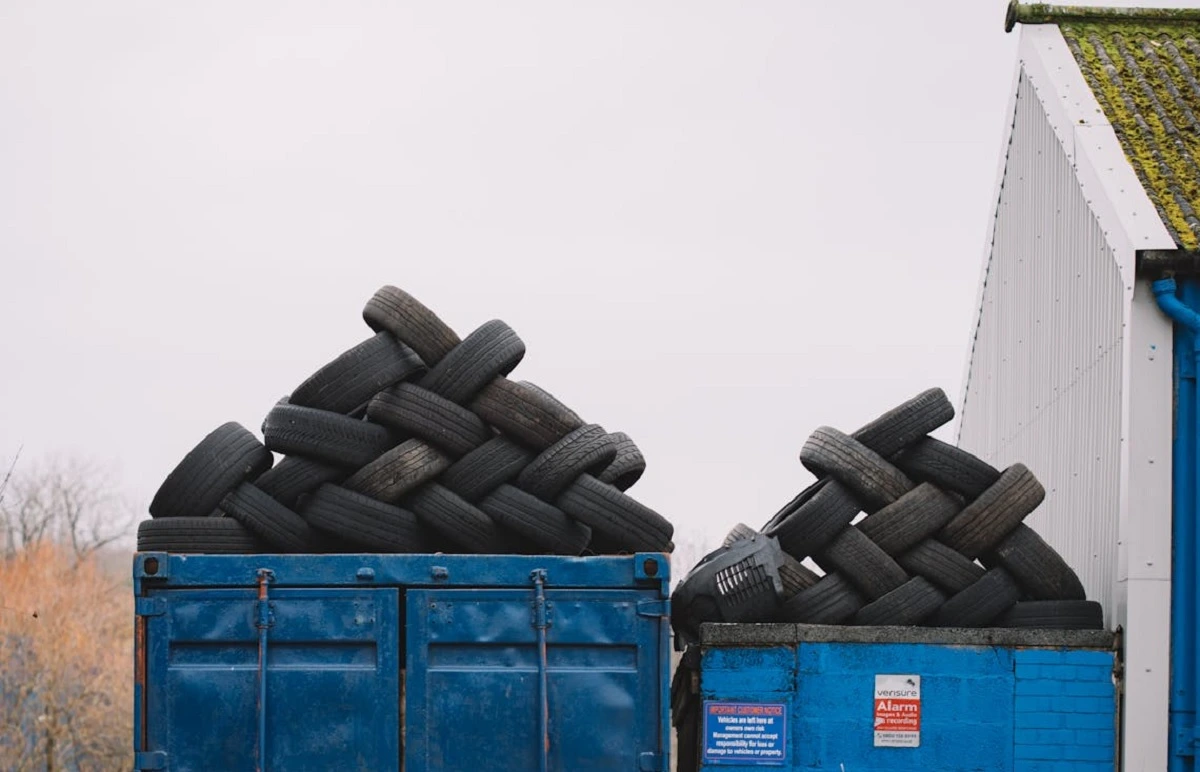
Purchasing tyres online can often lead to significant savings compared to traditional brick-and-mortar stores. In Thailand, several reputable online retailers offer competitive prices and a wide selection of options, making it easier for consumers to find the right tyres for their vehicles.
Thailand Tyre
Thailand Tyre is a leading online retailer known for its extensive variety of tyre brands. This extensive inventory ensures that consumers can find the best fit for their specific driving needs. Additionally, Thailand Tyre frequently offers promotions and discounts, which enhance affordability and attract budget-conscious shoppers.
B-Quik
It is recognised for its vast network of service centres and exceptional after-sales service. The retailer often runs online promotions that provide significant discounts on various tyre brands. This makes it easier for customers to find quality tyres at lower prices. B-Quik’s extensive network ensures that customers can conveniently access professional installation and maintenance services, making it a reliable choice for tyre purchases.
tyrePlus
tyrePlus focuses on delivering high-quality tyres alongside detailed information about various options available on its platform. Customers can filter tyres based on vehicle type, driving conditions, and personal preferences, which helps them make informed choices. tyrePlus also offers a price-matching policy, ensuring that consumers get the best deal possible.
Benefits of buying online
- Price Comparison: Easily compare prices across different retailers.
- Customer Reviews: Access reviews to gauge the performance of specific tyre models.
- Promotions and Discounts: Many online retailers offer exclusive deals that can significantly reduce costs.
2. Considering local tyre shops
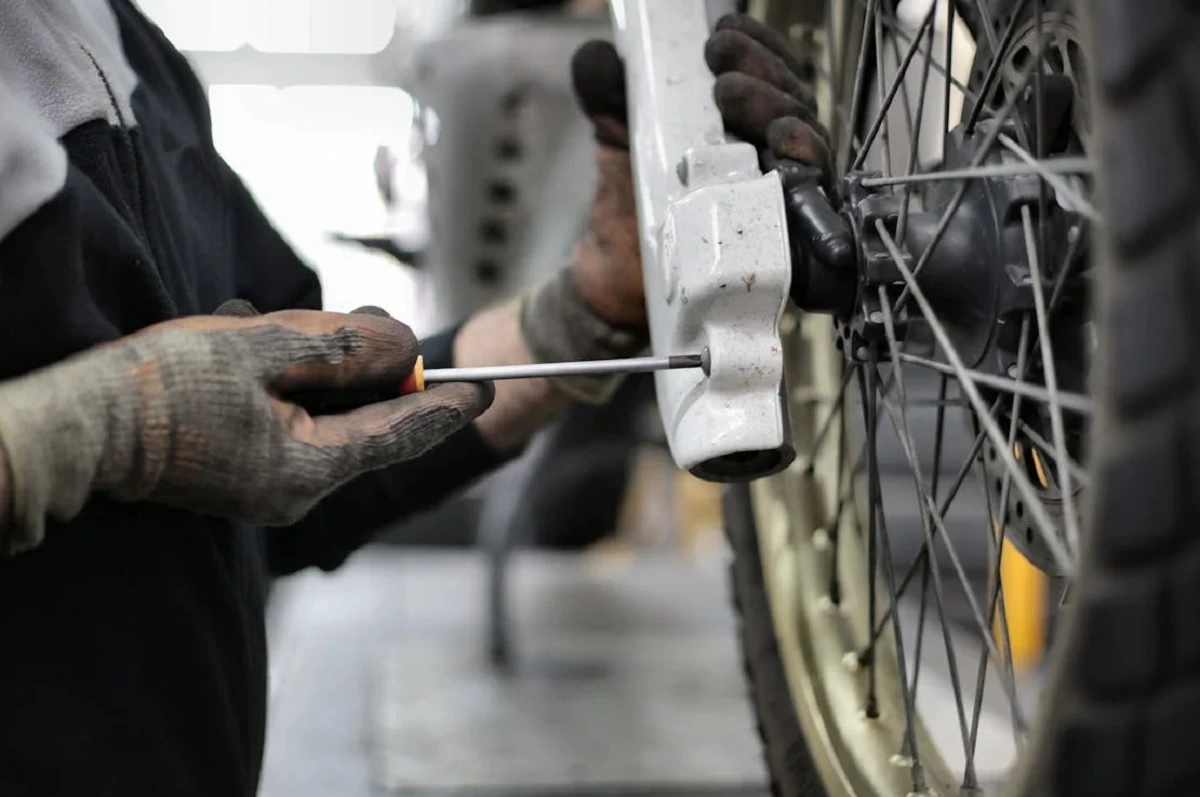
While large retailers often advertise competitive prices, local tyre shops can frequently provide even better deals for several reasons.
Lower overheads
Local tyre shops typically operate with lower overhead costs than larger chains. They often have fewer employees and smaller facilities, allowing them to maintain lower prices on tyres and services. This cost-saving advantage enables them to pass savings directly onto customers, making it more affordable to purchase tyres locally.
Negotiation opportunities
Smaller shops tend to be more flexible in their pricing structures. Unlike larger retailers that may have fixed prices, local tyre shops are often open to negotiation. Customers can discuss potential discounts, especially for cash payments, which can lead to significant savings. This personalised approach not only fosters a better customer relationship but also encourages buyers to explore options that fit their budget.
How to find local tyre shops
- Use Google Maps or local directories to locate shops near you.
- Ask for recommendations from friends or family who have experience with local tyre services.
3. Look for used tyres

When seeking to change tyres at a lower price in Thailand, looking for used tyres can be a viable and cost-effective option. Used tyres are often significantly cheaper than new ones, allowing vehicle owners to save money while still ensuring safety and performance.
To find quality used tyres, start by exploring local tyre shops and online marketplaces that specialise in second-hand products. Online websites offer a variety of used tyres, often graded by tread life remaining, which can help you assess their condition. For instance, tyres may be categorised into grades A, B, and C based on their remaining tread depth, with options available that have over 50% tread life left.
Tips for buying used tyres
- Inspect Tread Depth: Ensure there is adequate tread left (minimum of 1.6 mm).
- Check for Damage: Look for cracks, bulges, or punctures that could compromise safety.
- Verify Age: Check the manufacturing date (usually indicated on the sidewall) to ensure they are not too old (preferably less than six years).
4. Do it yourself (DIY)
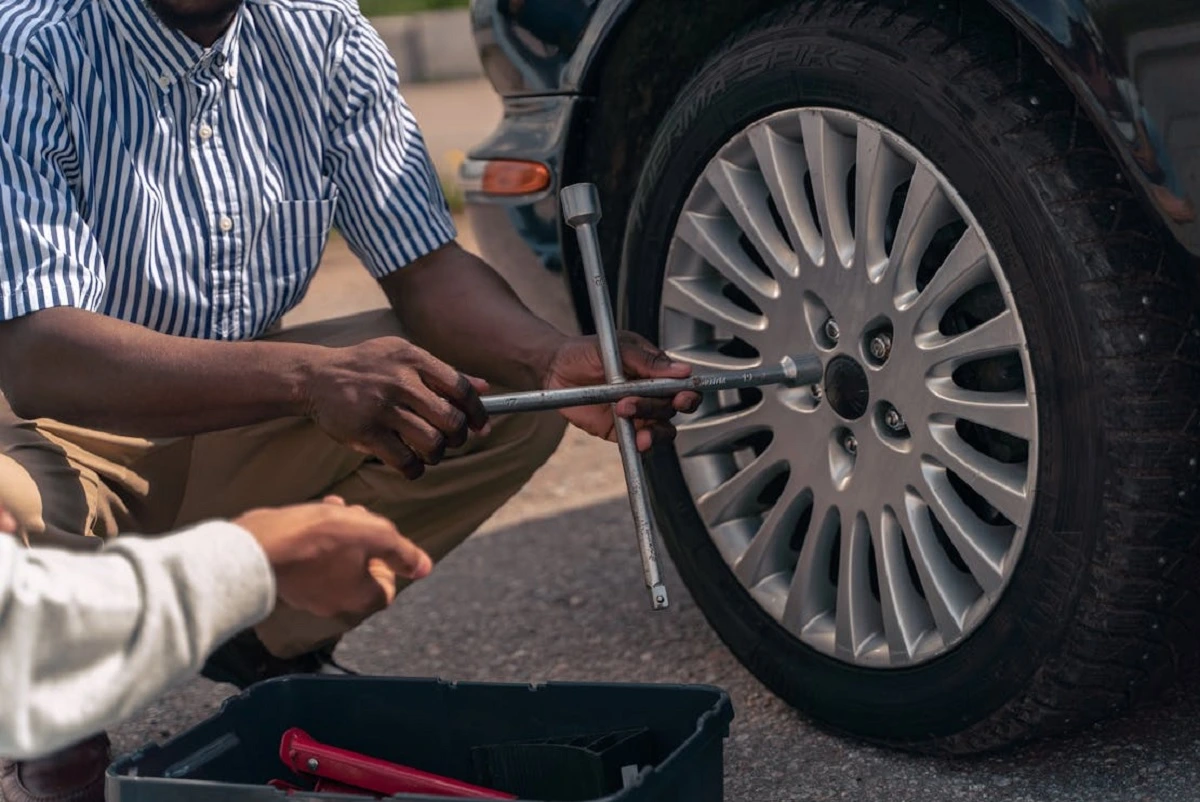
Changing your own tyres can save you labour costs associated with professional services. Follow this structured guide to successfully change your tyres.
Tools needed: You will need a jack, jack stands, a lug wrench, a tyre pressure gauge, and optionally, a torque wrench.
Steps to change tyres
- Preparation
Begin by parking your vehicle on a flat surface and engaging the parking brake. Gather all necessary tools to ensure you have everything you need at hand. - Loosen Lug Nuts
Use the lug wrench to loosen the lug nuts slightly while the tyre is still on the ground. This step makes it easier to remove the nuts once the vehicle is lifted. - Lift the Vehicle
Position the jack under the vehicle’s jacking point, which can be found in your owner’s manual. Carefully raise the vehicle until the tyre is off the ground. - Remove the tyre
Once the vehicle is elevated, fully remove the loosened lug nuts and take off the tyre. - Install New tyre
Place the new tyre onto the wheel hub and hand-tighten the lug nuts to secure it in place. - Lower the Vehicle
Carefully lower the vehicle back onto the ground using the jack, ensuring stability as you do so. - Tighten Lug Nuts
Once the vehicle is on solid ground, use the lug wrench to tighten each lug nut in a crisscross pattern. This ensures even tightening and helps secure the tyre properly. - Check tyre Pressure
Finally, use a tyre pressure gauge to check that your new tyres are inflated to the recommended PSI for optimal performance and safety.
By following these steps, you can efficiently change your tyres and save money in the process.
5. Regular maintenance
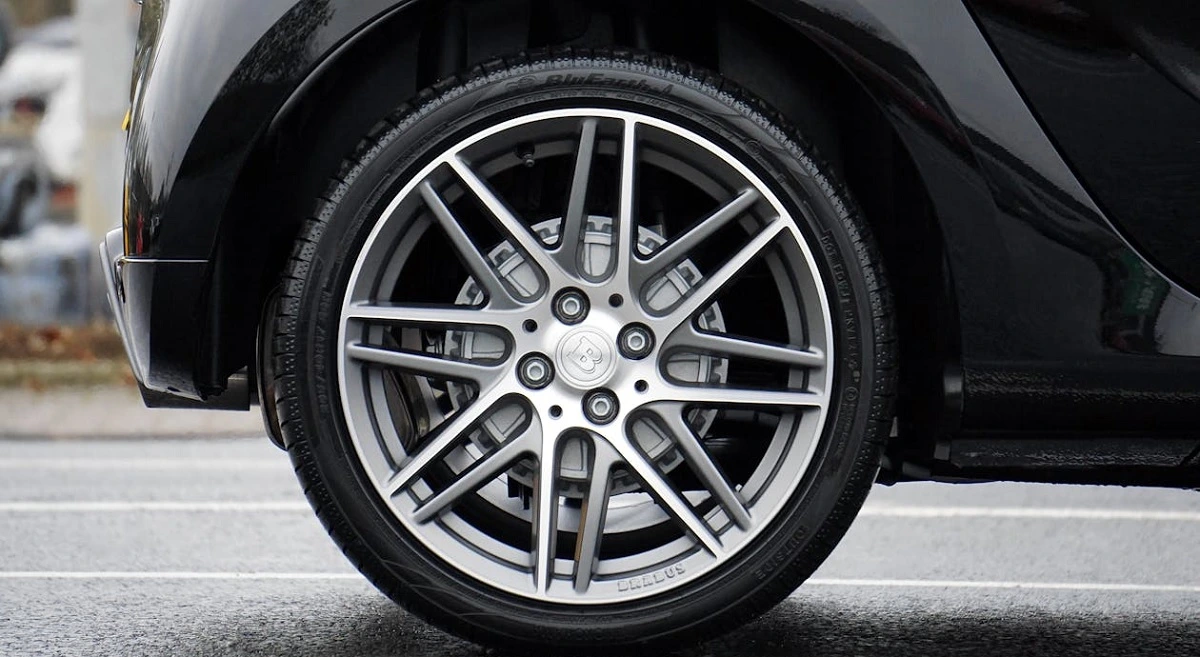
Maintaining your tyres can extend their lifespan and save you money in the long run. Here are some essential maintenance tips:
Maintenance tips
- Regularly Check tyre Pressure: Under-inflated tyres wear out faster and reduce fuel efficiency.
- Rotate tyres Regularly: Follow manufacturer recommendations for rotation intervals (usually every 5,000 to 7,500 km).
- Inspect Tread Depth: Use a tread depth gauge or check wear indicators regularly.
| Maintenance Task | Frequency |
|---|---|
| tyre Pressure Check | Monthly |
| tyre Rotation | Every 5,000–7,500 km |
| Tread Depth Inspection | Every 3 months |
Cost breakdown of changing tyres in Thailand
Understanding potential costs involved in changing tyres can help you budget effectively:
| Expense Item | Estimated Cost (THB) |
|---|---|
| New tyre Purchase | 1,200 – 2,000 per tyre |
| Used Tyre Purchase | 500 – 1,000 per tyre |
| Installation Fee | 300 – 800 per set |
| DIY Tools (one-time) | 2,000 – 5,000 |
Example cost calculation
For example, if you decide to purchase four new Maxxis tyres at THB 1,600 each and pay THB 500 for installation:
- Total Cost = (4 x THB 1,600) + THB 500 = THB 6,900
If you opt for used tyres at THB 800 each with no installation fee (DIY):
- Total Cost = (4 x THB 800) = THB 3,200
Whether you choose to buy new or used tyres or prefer changing them yourself, being informed about your options will empower you to make better decisions that align with your budgetary needs without compromising quality or safety.
By following this guide and implementing these strategies, you will be well-equipped to manage your tyre needs effectively while keeping expenses low—ensuring that your vehicle remains safe and roadworthy without overspending in Thailand’s competitive automotive market.
Latest Thailand News
Follow The Thaiger on Google News:


























